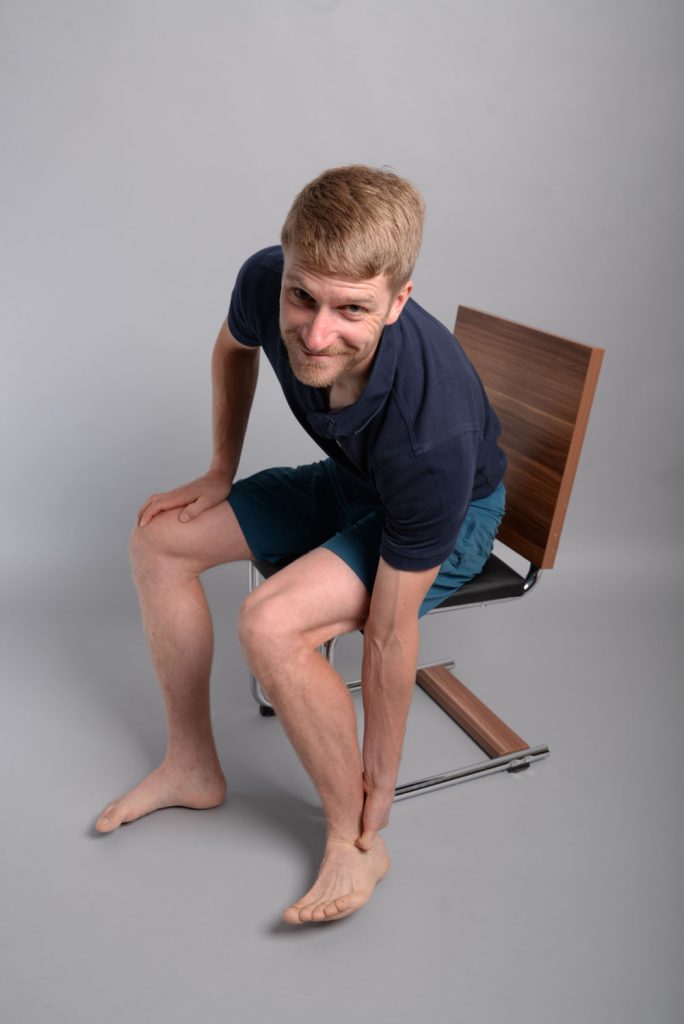

Results: Ultrasound-guided injections were 100% (20 of 20) accurate whereas palpation-guided injections were 60% (12 of 20) accurate (P = 0.008). Cadaveric specimens were dissected 1 wk later by a blinded investigator who graded injection accuracy on a 3-point scale (1, accurate 2, partially accurate 3, inaccurate). The injections were performed by a single investigator in a randomized order. Design: Twenty cadaveric lower limbs were injected with and without ultrasound guidance, using a different color of liquid latex for each injection technique. palpation-guided PTS injections in a cadaveric model. When performing PTS injections, clinicians should consider ultrasound guidance to improve injection accuracy and minimize potential complications such as intratendinous injection.Ībstract = "Objective: The aim of this study was to describe and to validate an ultrasound-guided peroneal tendon sheath (PTS) injection technique and to compare the accuracy of ultrasound-guided vs. Conclusions: In a cadaveric model, ultrasound-guided PTS injections are significantly more accurate than palpation-guided injections. Two of the partially accurate and both of the inaccurate injections were intratendinous. Six palpation-guided injections were partially accurate, and two were inaccurate.

Objective: The aim of this study was to describe and to validate an ultrasound-guided peroneal tendon sheath (PTS) injection technique and to compare the accuracy of ultrasound-guided vs.


 0 kommentar(er)
0 kommentar(er)
